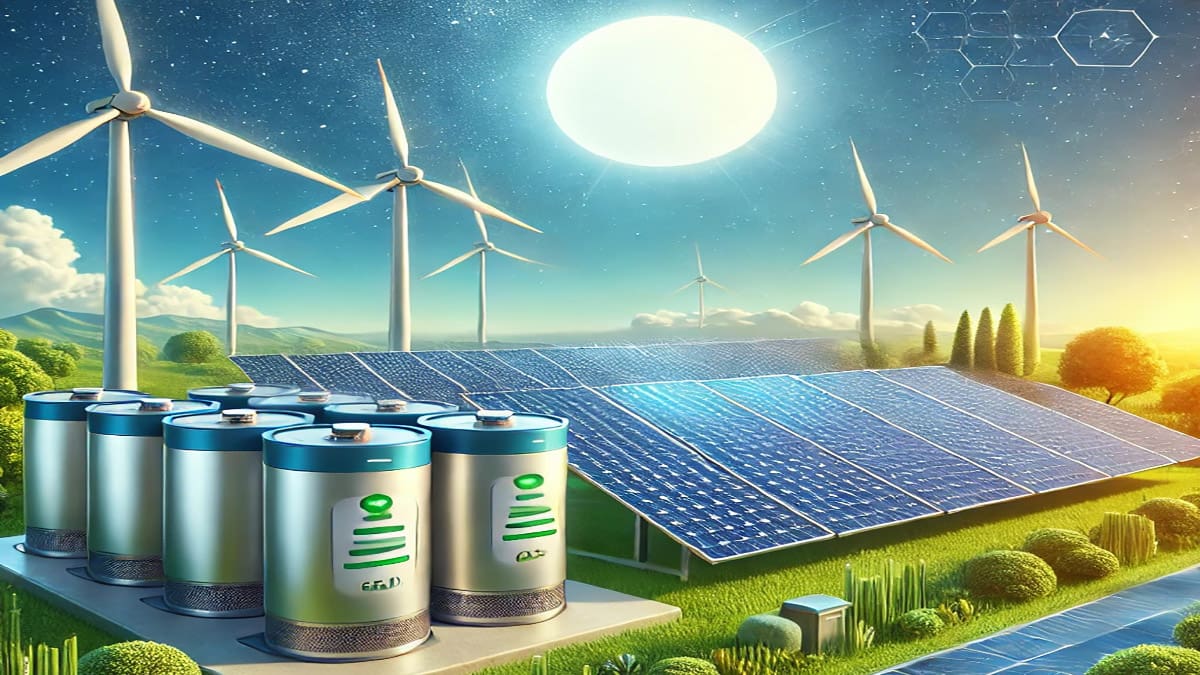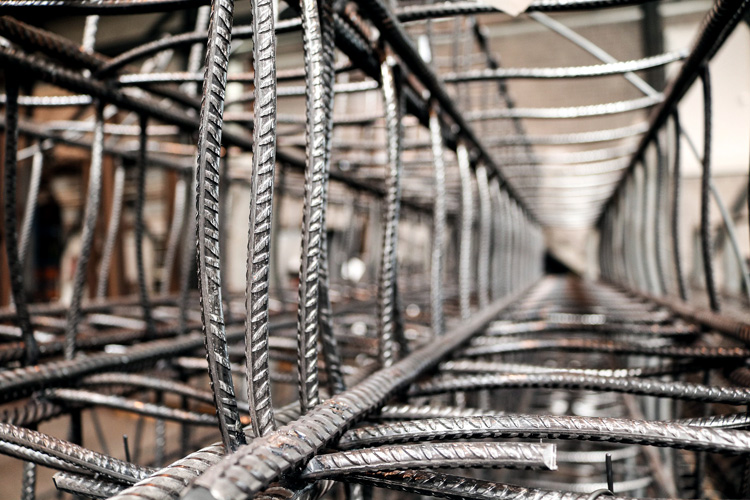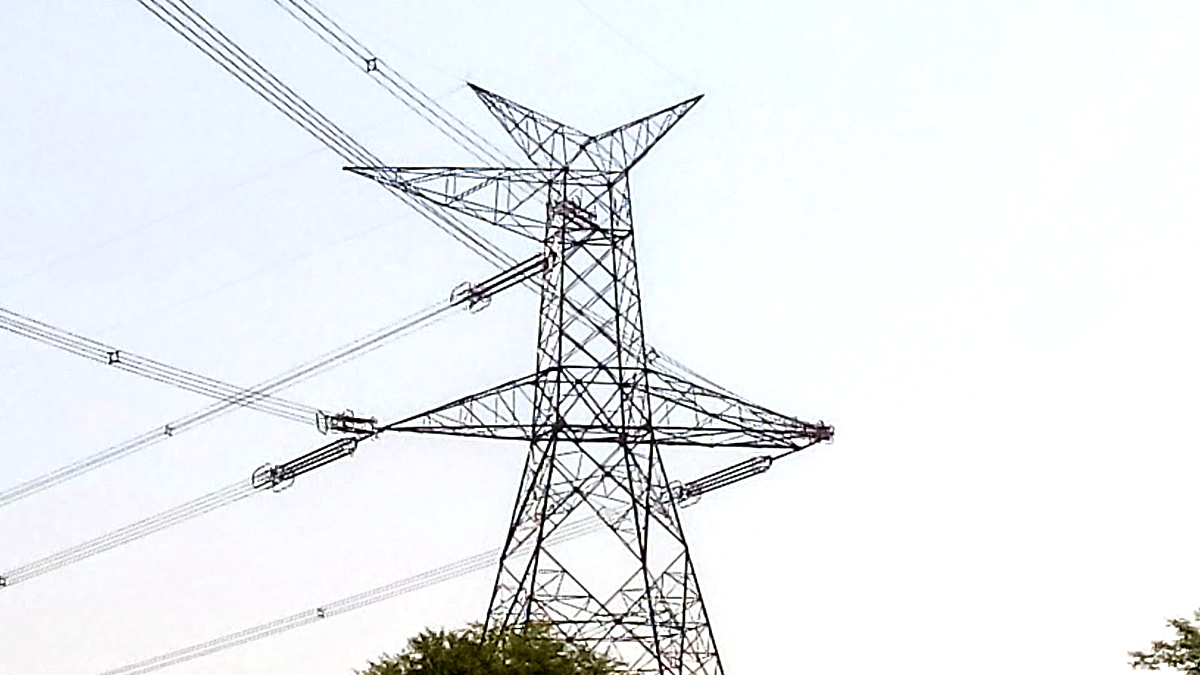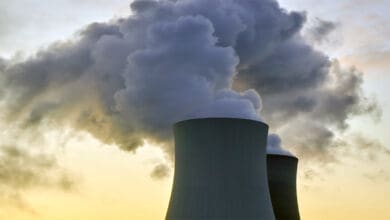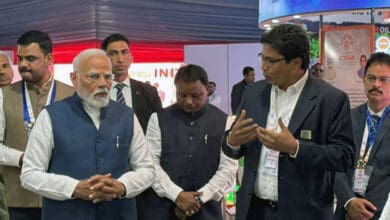
Arif Aga
Director, SgurrEnergy
As India has set a very ambitious Renewable Energy targets, a robust storage system and grid-scale transmission are critical to capitalise the potential. The intermittent nature of renewable energy requires battery energy storage systems (ESS) or pump storage projects (PSP) for storing and regular release of power. Energy saved or stored is equal to energy generated and this is not an exaggeration.
As per NITI Aayog estimate, by July 2023, India had an installed RE capacity of 177.74 GW. Now the target is to achieve a total capacity of 517.34 GW and it requires an additional installation of 339.6 GW. The variability in RE generation due to weather and climatic conditions calls for a stable, dispatchable renewable energy (FDRE) supply. Energy storage systems are pivotal in mitigating these fluctuations, ensuring that energy supply aligns with demand.
It is promising to note that the Union ministry of new and renewable energy has been playing a proactive role and paying serious attention on creating a robust storage system in the county. Last year in September, the Indian government had issued a year-wise trajectory of Renewable Purchase Obligations (RPOs), setting ambitious targets for the adoption of renewable energy (RE) and energy storage solutions. The energy storage obligations of 4% of the total consumption of electricity by FY30 for power discoms was aligned with the renewable purchase obligation.
Now, going by media reports, the Indian government may soon mandate battery storage capacity for upcoming solar and wind power plants. It is believed that now a mandate of 10% of the plant’s total renewable energy capacity may be introduced for storage, and that this can then be gradually enhanced.
It is well known that the main challenge is the issue of intermittency, the adaptation of renewable energy is not there to that extent because people say solar is there for 7-8 hours and wind is seasonal. Now, it is proven that with battery storage, energy produced becomes a continuous and complete round-the-clock power supply. The intermittent nature of renewable energy requires battery energy storage systems or pump storage projects (PSP) for storing and regular release of power, which would keep the grid stable and ensure round-the-clock power supply.
Question arises that which storage system- battery storage or pumped storage hydro (PSP) are more viable in the Indian context.? Answer is not far to seek. Both have advantages and disadvantages. PSP is more robust and reliable, but it consumes energy for circulating water. Battery storage, on the other hand, has become more viable as prices have dropped significantly over the last few years. Battery storage is more flexible, as it can be deployed at various locations, whereas PSP requires more specific infrastructure. Both have their roles, but battery storage is increasingly becoming a more viable option.
Another challenge is cost of both storage and supply. Cost of storage also needs to be brought down. New technologies have been bringing down battery prices, hence there is enough headway to bring the cost of both storage and supply at reasonable and affordable levels. Hence, it is high time to start with a small quantum of compulsory battery storage in the solar plant or wind plant and gradually scale it up.
It would be crucial to have enough money in order to build a robust ecosystem. The feasibility of infrastructure projects—for battery energy storage systems—will be greatly improved by the government’s initiative with the feasibility Gap Funding (VGF) provision. Up to 40% of the capital cost of BESS plants with a combined capacity of 4,000 megawatt-hours (MWh) needs to be covered.
By 2030, over 500GW of installed non-fossil energy capacity is the goal India has set. India must thus keep coming up with new ideas and making investments in storage and renewable energy technologies. The urgent requirement is to ensure that all of its citizens have a prosperous, resilient, and sustainable future.


